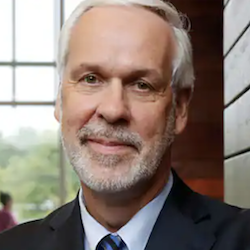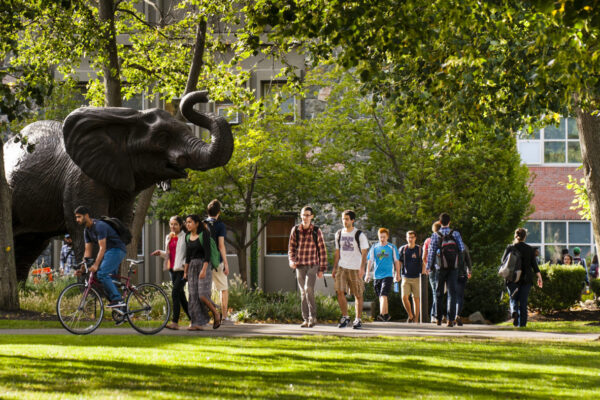Credential Engine has released a new report with a set of recommendations that lays out benchmarks for creating an equity-informed shared language of credentials to ensure success for our nation of diverse learners. Download a copy of that report here.
Historically, one of the great strengths of American higher education has been the diversity of choices available to most students. With options ranging from community colleges to four-year institutions, public and private universities, Historically Black Colleges and Universities, Minority-Serving Institutions and more, students for generations have had the opportunity to find the path that best suits their needs—as long as they’ve been equipped with the knowledge about how to get there.
In the twenty-first century, the landscape of higher education has expanded even further to include options such as credit for prior learning, certifications, licenses, and badges that work with traditional college degree programs to help meet the diverse needs of our students. While this expansion promises to increase access to postsecondary education, pathways built from a mix of credentials can be confusing, especially for first-generation students and individuals from lower-income backgrounds or minoritized groups.
Credential Engine’s research has revealed a staggering reality: the higher education landscape in the United States alone now includes over 1 million credentials offered by more than 60,000 providers. Imagine a future where every student—and every potential student—has equal access to information about these credentials that can unlock a world of learning and social and economic mobility. By harnessing data, we can help students navigate this complex educational environment with clarity and confidence.
For higher education leaders, the rich data on the credentials that compose these pathways can help us design more equitable systems. By understanding the full range of available credentials, institutions and their leaders can ensure that learners are not only aware of their options but also have the structure to support their choices.
Analyzing data can help us identify the students who are most likely to drop out of college and understand why, determine the programs that are most effective in helping students from underrepresented groups succeed, and better understand how to align education and training with the needs of employers. On the business side of operations, it can help leaders make better decisions about how to allocate resources to support equitable outcomes. To achieve these goals, we must embrace the universal adoption of transparent, open data that empowers students to find, evaluate, and obtain needed skills and credentials.
Recognizing the importance of this project, Credential Engine formed the Equity Advisory Council (EAC), a coalition of thought leaders who are focused on building equity through the common use of data on postsecondary credentials. Through open meetings and input from a diverse range of participants, the EAC has identified key data points that can help assess equitable pathways, transfer credits, and credit for prior learning. As we move toward pulling this data together, the EAC emphasizes transparency and disaggregation by race and ethnicity, income, gender, and other primary characteristics to better understand who is benefiting and who is being left behind.
As higher education continues to evolve, so will the data points that are guiding equitable pathways. Regularly reviewing and updating these recommendations is crucial to maintaining their relevance. Transparency, accompanied by consistent review and updates of data, should serve as the cornerstone for building the processes our students need.
However, transparency alone is not enough. Equitable data practices must go hand in hand with their effective use. This means a commitment from all stakeholders, including students and traditional postsecondary institutions as well as the emerging organizations that provide tools and services to students, workers, educators, and employers. By making data open, linkable, and interoperable—and ensuring that it has a role in our decision-making—we can help secure a successful future for all students and better meet national, state, and our own institutional attainment goals.
If you have any questions or comments about this blog post, please contact us.




